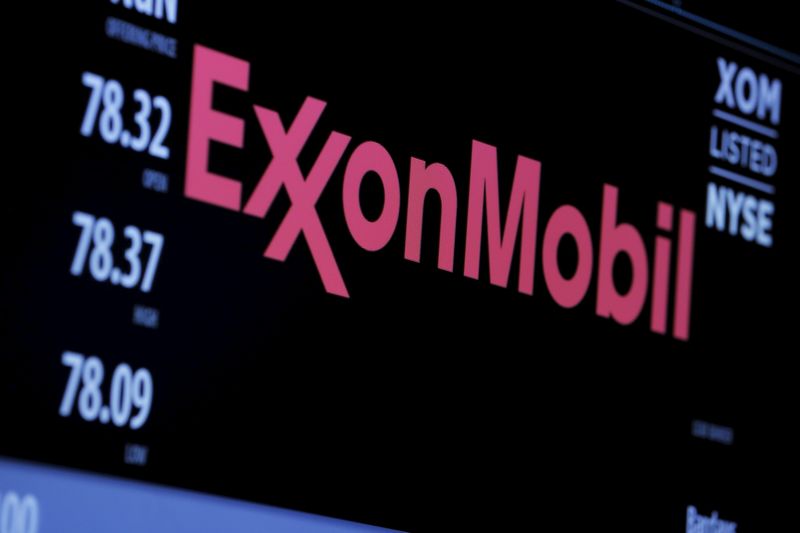This post was originally published on this site
https://i-invdn-com.investing.com/trkd-images/LYNXMPEJ420V7_L.jpg
GEORGETOWN (Reuters) – An Exxon Mobil (NYSE:XOM) unit is in breach of insurance obligations for its first offshore oil project in Guyana in part due to errors by the environmental regulator, a Guyanese court ruling released on Wednesday showed.
Exxon “engaged in a disingenuous attempt” to dilute its obligations under its environmental permit for Liza One, the project that inaugurated the country’s oil production in 2019, High Court Justice Sandil Kissoon said in the ruling.
An Exxon-led consortium that includes U.S. oil firm Hess (NYSE:HES) and China’s CNOOC (NYSE:CEO) is producing about 380,000 barrels of oil per day, the South American nation’s entire crude output. Guyana’s Environmental Protection Agency and the energy ministry so far have green-lighted five offshore oil and gas projects submitted by the group.
Liza One’s environmental permit requires the provision of two forms of insurance coverage, one from the affiliate that stand at $600 million in case of an oil spill, and a parent guarantee committing to cover all costs beyond the $600 million threshold.
According to Kissoon’s ruling, Exxon must furnish Guyanese authorities with a liability agreement from an insurance company by June 10, or the Liza One environmental permit will be suspended. The agreement would cover potential damages from incidents including spills.
The company “engaged in a course of action made permissible only by the omissions of a derelict, pliant, and submissive Environmental Protection Agency,” the judge wrote.
“The ruling is what it is and we will comply at this time,” a spokesperson for the EPA said.
Exxon is reviewing the court decision and evaluating next steps, a company spokesperson said.
Guyana’s government is separately overseeing audits of expenses incurred for the Stabroek Block, the massive offshore oil province operated by the Exxon consortium.
One is examining $1.6 billion in expenses incurred from 1999 to 2017, and the second focused on $7.3 billion from 2018 to 2020. Both are in the final stages of completion with the assistance of two foreign firms.

